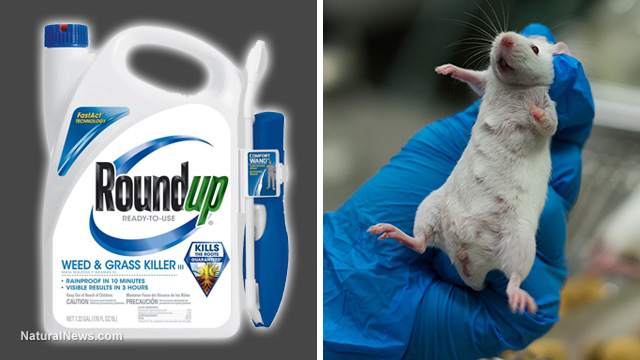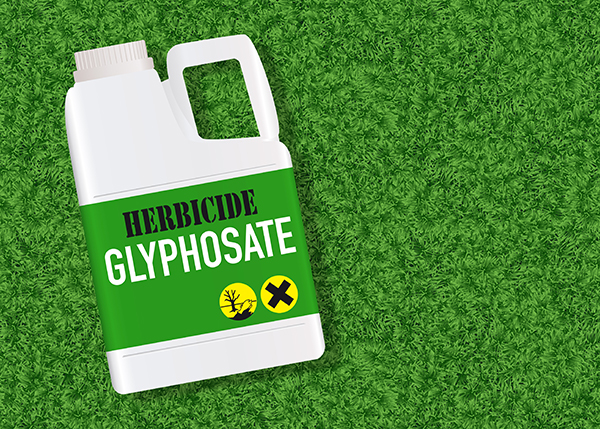
Our ancestors weren’t confronted with the same problems we face today. Food is being genetically altered in various new ways so that corporations like Monsanto can monopolize on the sale of their agricultural chemicals (Roundup). As super weeds evolve, Monsanto's manipulation of nature continues. Monsanto has already unleashed a toxic dicamba-based herbicide XtendiMax with VaporGrip Technology in 2016.
Watchdog groups publishing glyphosate residues in common foods
Food Democracy Now and The Detox Project are doing the job that regulatory agencies should be doing – letting the public know about rising residues of glyphosate in popular food items. Their shocking report “Glyphosate: Unsafe On Any Plate” unveils glyphosate levels polluting popular food items that might be in your kitchen cabinets.
Every year in the US, the crops, land, soil, air, and water absorb more than 300 million pounds of Monsanto’s weed killer, Roundup. The principle ingredient in Roundup, glyphosate, has been classified as a class 2A carcinogen, but American farms continue to blast it all over the food, without second guessing our fate. Chemists are now finding glyphosate in honey, breast milk, and tampons. At study by the U.S. EPA and another by the European Union, concur that glyphosate is absorbed into bones.
This is a greater problem than just corporations making a lot of money. Glyphosate chelates important minerals from the soil, preventing crops from taking up iron, manganese, zinc, and boron. When the crops don’t get everything they need, their ability to defend themselves dwindles. Pests become a greater problem and then more pesticides are sold to address this crisis.
Transgenic seeds introducing genes from other organisms into the food supply
Roundup Ready Crops have been altered at the DNA level so they can withstand the herbicide glyphosate. This has accelerated the evolution of super weeds. Since the active ingredient in Roundup is a registered antibiotic, it may be contributing to increased microbial resistance and super bugs. Glyphosate also adversely affects hormones.
Genetic alterations can be classified into three groups, transgenic, cisgenic, and intragenic. A transgenic seed contains a genome that is spliced with a foreign, non-crossable species, which does not occur naturally. For example, this happens when scientists splice fish genes with tomatoes genes. The transgene can also be synthetically developed in a lab. A cisgenic seed includes the transfer of genes between two related organisms. An intragenic seed is a hybrid that uses genes between crossable species.
Why are we so concerned with calories, a concept barely applicable to our bodies? A calorie is simply a measurement of the quantity of heat required to raise the temperature of 1 gram of water by 1°C. Why aren’t we more concerned with carcinogenic molecules in our food such as glyphosate? Why don’t our food labels alert us to glyphosate contaminated ingredients or provide the measurement of this toxin in our food? It’s the content of the calorie that counts. What kind of chemicals and heavy metals are in the foods?
The most important question to ask: Are you eating Monsanto’s weed killer for dinner?
Sources:
Please contact us for more information.























